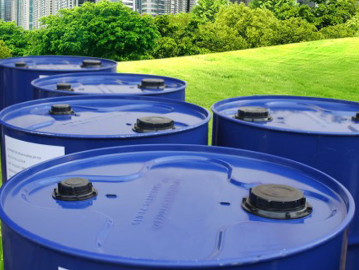
In recent years, silicone fire sealant has gained popularity as a crucial element in ensuring the safety of buildings and structures. However, it has also become the subject of many myths and misconceptions. In this article, we will demystify some of these myths surrounding silicone fire sealant.
Myth 1: Silicone fire sealant is not effective in preventing the spread of fire.
One common myth about silicone fire sealant is that it is not effective in preventing the spread of fire. This misconception arises from a lack of understanding of its properties. Silicone fire sealant is actually highly effective in preventing the spread of fire, as it is designed to be resistant to high temperatures and flame retardant. It forms a seal that expands when exposed to high temperatures, effectively closing off any gaps or openings in the structure and preventing the passage of smoke and fire.
Myth 2: Silicone fire sealant is only suitable for use in specific applications.
Another myth surrounding silicone fire sealant is that it is only suitable for specific applications. In reality, silicone fire sealant is versatile and can be used in a wide range of applications. It is commonly used in commercial buildings, residential buildings, industrial facilities, and even in transportation vehicles such as trains and ships. From sealing gaps in fire doors and windows to protecting electrical wiring and pipe penetrations, silicone fire sealant can be utilized in various situations to enhance fire safety.
Myth 3: Silicone fire sealant is difficult to install and maintain.
Some believe that silicone fire sealant is difficult to install and maintain, leading to increased costs and time-consuming processes. However, this myth is unfounded. Silicone fire sealant is relatively easy to install, and it can be applied using tools such as caulking guns or specialized dispensing equipment. The sealant can be easily shaped and molded to fit the required space, ensuring a secure and effective barrier against fire. Additionally, silicone fire sealant requires minimal maintenance, with periodic inspections to ensure its integrity and effectiveness.
Myth 4: Silicone fire sealant is expensive.
While it is true that silicone fire sealant can be slightly more expensive than traditional sealants, the benefits it offers outweigh the cost. Silicone fire sealant is specifically formulated to withstand high temperatures and provide excellent fire resistance. It complies with stringent fire safety regulations and can significantly reduce the risk of fire spreading throughout a building. Moreover, the long lifespan and durability of silicone fire sealant make it a cost-effective choice in the long run.
Myth 5: Silicone fire sealant releases toxic fumes when exposed to fire.
One of the most common misconceptions about silicone fire sealant is that it releases toxic fumes when exposed to fire. However, silicone fire sealant is designed to be flame retardant and does not emit harmful fumes when exposed to high temperatures. It undergoes a process called intumescent expansion, where it swells and forms a protective barrier, preventing the passage of heat, smoke, and toxic gases. This property makes silicone fire sealant a safe choice for fire protection in both residential and commercial settings.
In conclusion, silicone fire sealant is an effective and versatile solution for enhancing fire safety in buildings and structures. Despite the myths surrounding it, silicone fire sealant has proven its reliability and efficacy in preventing the spread of fire. By debunking these myths, we can foster a better understanding of the benefits and applications of silicone fire sealant, ultimately contributing to safer and more secure environments.